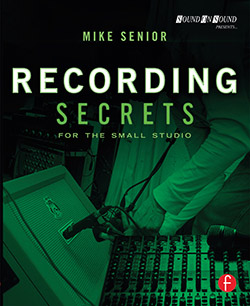Recording Secrets For The Small Studio - Additional Resources (1st Edition Archive)
Library of Mic Positions
(This page contains archived resources for the first edition of Recording Secrets For The Small Studio. You can access updated resource pages for the current edition here.)
The audio comparison files in this library are specifically designed to demonstrate the effects of microphone positioning as clearly as possible. To this end, each set of comparison files is made up of performances which have been multimiked using microphones of the same model, thereby minimising differences between the files on account of performance variation and microphone design. Because of this, you can import each family of files into your DAW and mix them together if you wish, perhaps to experiment with multimic combinations or phase interactions. All files are presented both in MP3 format (with an in-browser preview button) and in uncompressed 16-bit/44.1kHz WAV format.
Below you can find links to the instrument-recordings available so far. Like the 'Mixing Secrets' Free Multitrack Download Library, this will be a continually expanding resource, so if you want to keep track of the latest uploads please subscribe to my monthly spam-free Small-studio Secrets Mail mailing list. I usually post to this list towards the end of the month, and it also includes information about the latest additions to my Mixing Secrets For The Small Studio resources. If you have any suitable multimic recordings that you’d be willing to contribute to the library, then do get in touch.
Many musicians, engineers, and companies have generously helped with the recording sessions that generated these audio comparison files, and I’ve credited them individually on the specific instrument pages. If you find these pages useful, then please follow the links and show your appreciation in any way you can. All downloads from this site are provided free of charge for educational purposes only, and the material contained in them should not be used for any commercial purpose without the express permission of the copyright holders.
Acoustic Bass
- A range of both plucked and bowed acoustic-bass performance techniques were captured through two different eight-mic arrays, each made up of five identical small-diaphragm condenser mics and three identical ribbon mics. A DI signal was also taken from the instrument’s bridge pickup so you can experiment with combining that with the mic positions. (90 files)
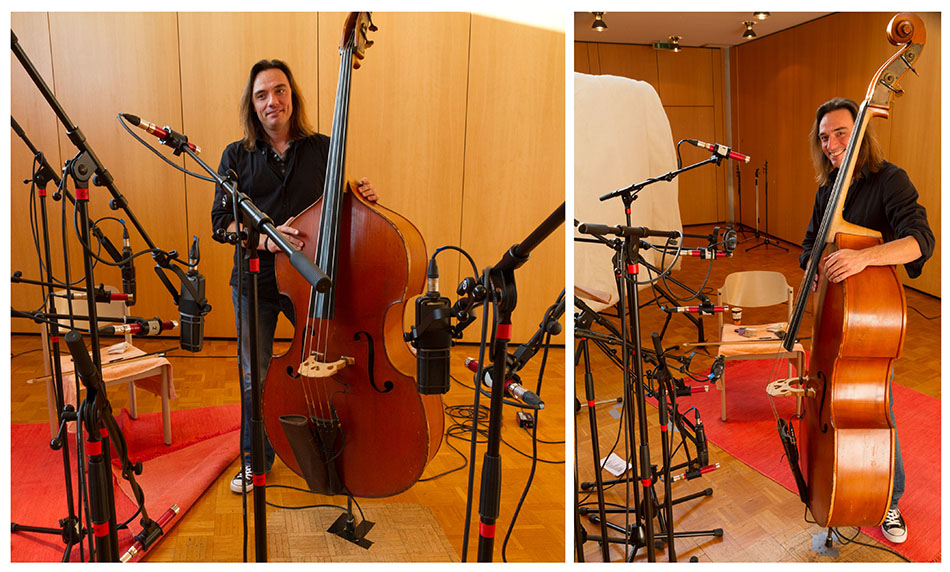
Acoustic Guitar
- Three guitars, two multimic setups, and 22 mic positions, as well as demonstrations of absorption/reflection measures and some stereo mic combinations. (96 files)
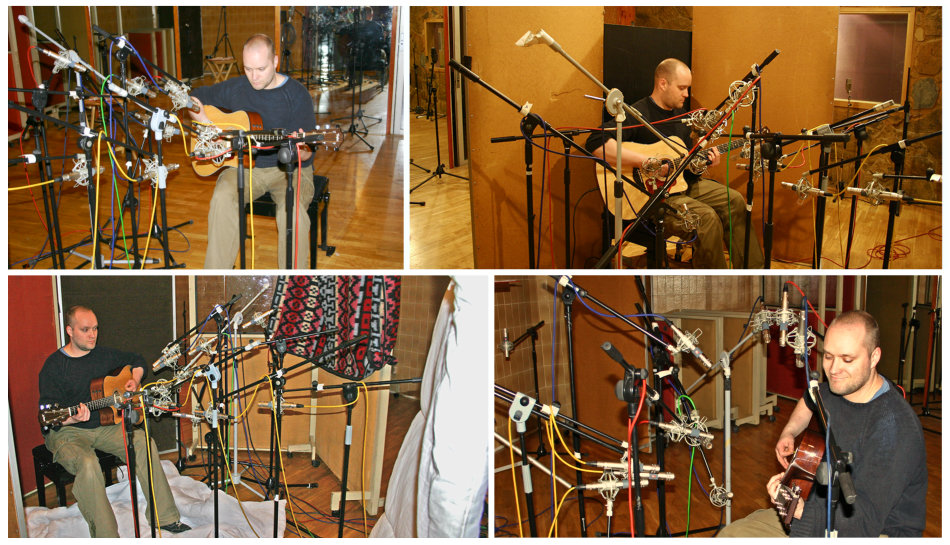
Acoustic Grand Piano
- A seven-foot Yamaha grand piano recorded in a medium-sized rectangular recital hall. A total of nine multimic setups were recorded, both inside and outside the piano, and with variations for half-open, closed, and removed lid. A variety of different stereo configurations are also demonstrated. (73 files)
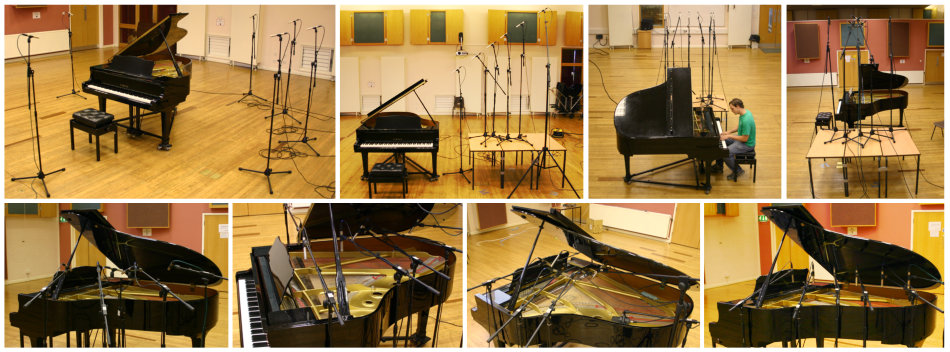
Acoustic Upright Piano
- A Yamaha upright piano recorded in stereo in a medium-sized rectangular recital hall. Different multimic setups were recorded with the instrument’s panels on and off, and variations were also done for three different miking distances. (18 files)
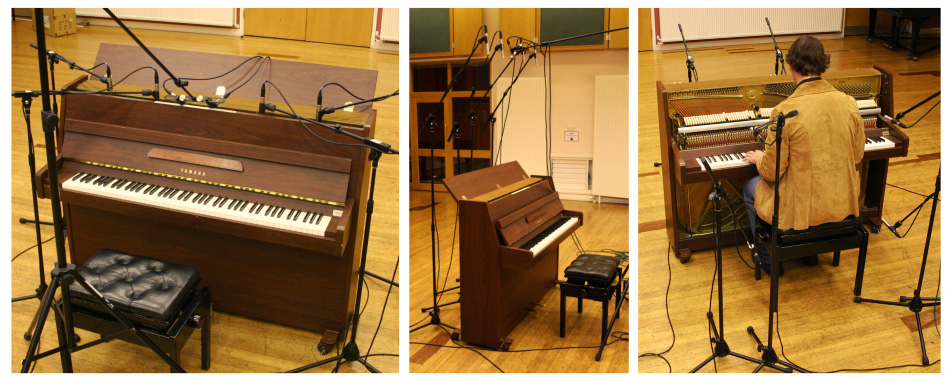
Clarinets
- Two different clarinets (a Bb clarinet and a bass clarinet) were captured through two different five-mic arrays within a typical home-studio overdubbing environment. (20 files)
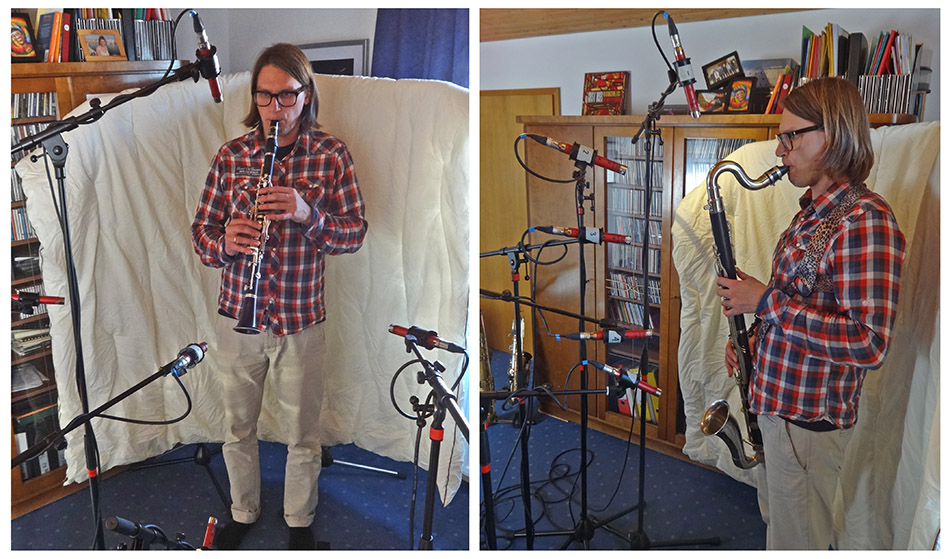
Cymbals
- Four different cymbals (two crashes, a ride, and a china) were captured through two different five-mic arrays. (40 files)

Electric Guitar
- A Fender Telecaster was played through a rather natty snakeskin-finish Fender Twin Reverb amplifier, and recorded using four different multimic rigs. (11 files )
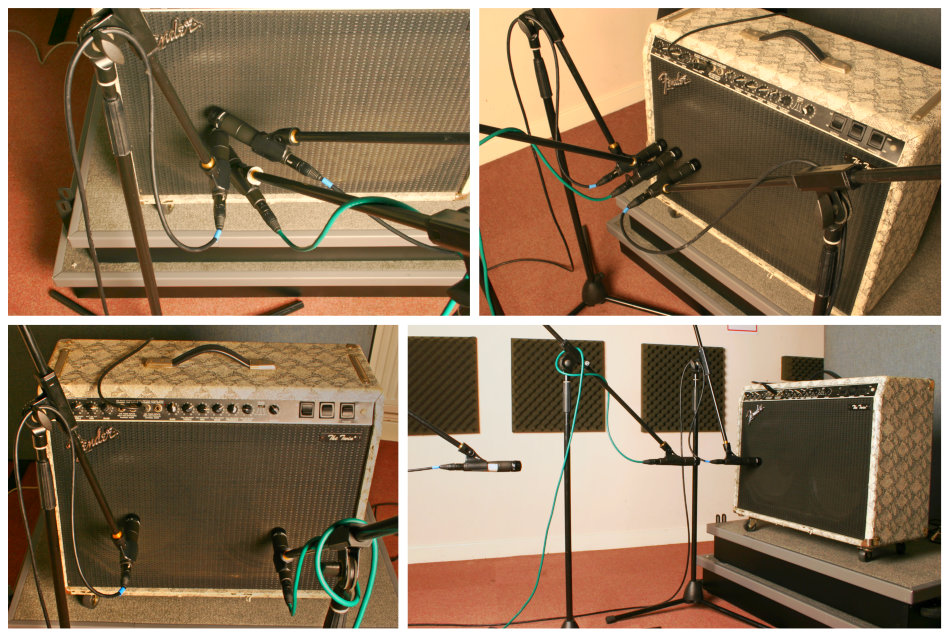
Flute
- A western flute was captured through two different five-mic arrays within a typical home-studio overdubbing environment. (10 files)
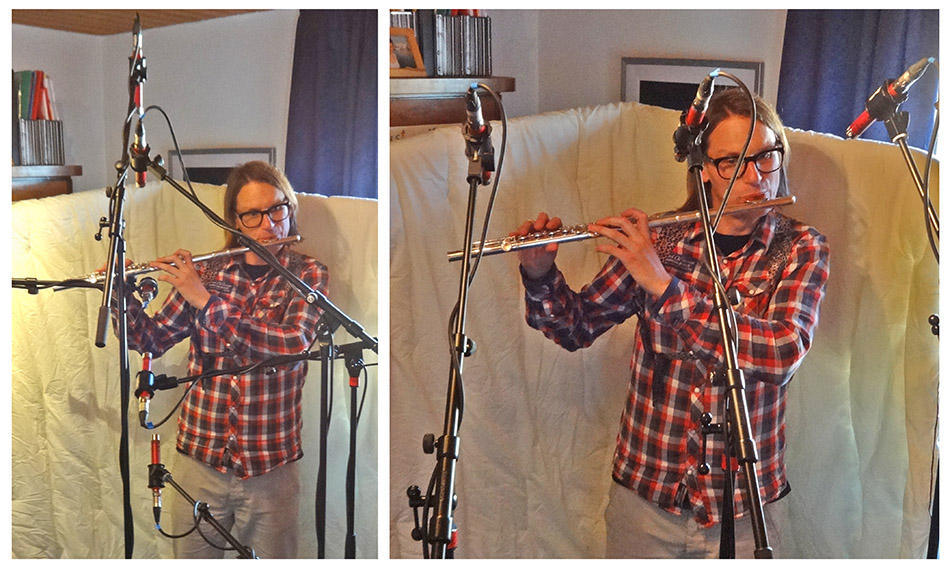
Kick Drum
- A single kick drum was captured through a multimic array of five mics as part of a full-drumkit performance. Several additional mics were also recorded alongside to allow evaluation of the mic positions within the context of common ‘inside+outside’ and ‘front+back’ multimiking configurations. Two well-known spill-reduction methods are showcased too. (76 files)
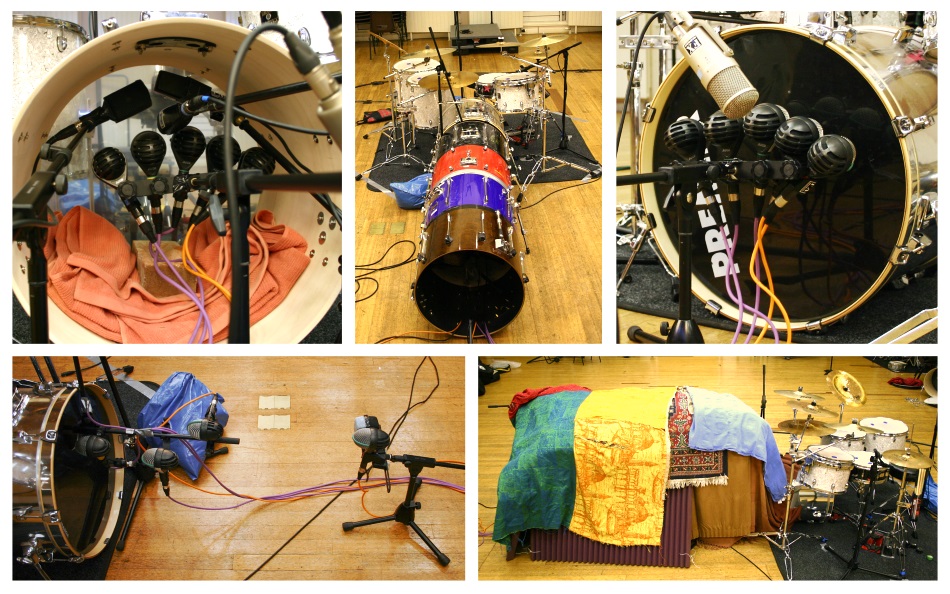
Saxophones
- Four different saxophones (soprano, alto, tenor, and baritone) were captured through two different five-mic arrays within a typical home-studio overdubbing environment. (40 files)
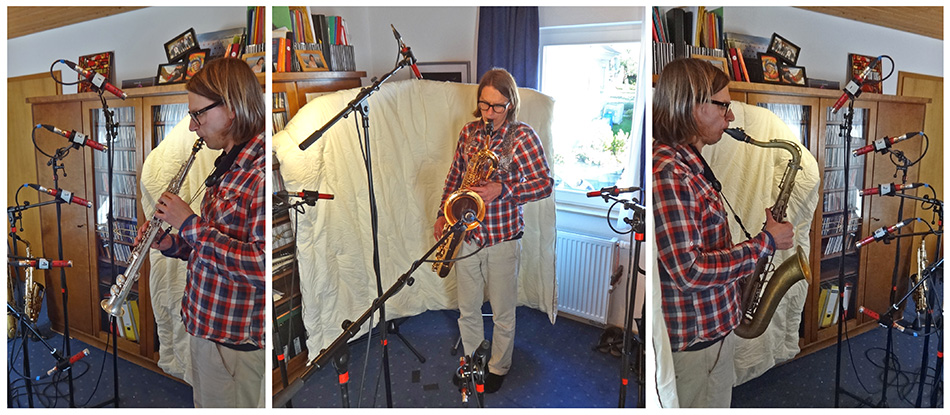
Snare Drum
- A snare drum was captured through a multimic array of five mics as part of a full-drumkit performance. In addition, three different snare drums were recorded with the same above/below mic close-mic pair. All files are provided with overhead-mic recordings alongside for context. (17 files)


